How does Visual Paradigm works? (based on its documentation)
Visual Paradigm offers the so called "Models" in order for you to organize yourself. Just that simple.
If you follow the link bellow it will get you into this:
"For small scale project, it would be easy to use Diagram Navigator to manage it. However, for middle to large scale project which has considerable numbers of diagrams and model elements, it would be better to use Model Structure view to organize the project."
https://www.visual-paradigm.com/support/documents/vpuserguide/12/74/6302_organizingdi.html
In the image below it also show the models avaliable:

So why does it create a Analysis Model for my Use Cases?
If you look at the oprtions of models it gives, you will see that the Analysis Model is the best suited for grouping use cases.
The reason for that is simple and also answers one of your questions.
Answer:
A Use Case (in this case, a diagram itself) serves the purpose of modeling the EXTERNAL BEHAVIOR of the system, which means, how actors interact with the system.
That is a step done in Systems Analysis. Which is prior to Design, Implementation or Deployment, the other models avaliable.
Since you are not modeling a process you wouldn't choose the last two options neither.
So, to answer these questions...
Why are those models empty (Simple use cases, UseCase sequence diagram, UseCase2 sequence diagram)? What are their usages?
...you should understand the semantics of each diagram. In order to do that i advise you to read from any reference on the web like http://www.uml-diagrams.org.
But, to be short, those diagrams do not build themselves alone, nor automatically. Visual Paradigm would never do that, just because it doesn't know how you would design or implement your use case (into a sequence diagram).
And to answer your last question...
Why are they created in the root of the project, regardless of the depth of the diagram I create?
This is simply because of the organization I explained above.


